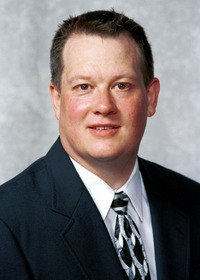Getting In Shape to Garden
Gardening is a physically demanding activity requiring strength, flexibility, and endurance. The average adult burns 175 to 300 calories per hour doing light tasks like planting and potting. Heavier-duty tasks like running a tiller or pushing a wheelbarrow full of soil can burn 450 to 550 calories per hour. That’s about the same as a light to moderate 1-hour workout in a gym.
Training your body ahead of time for working in the garden, yard, or flower beds can help you avoid the aches and pains often associated with gardening. This publication describes home exercises you can perform using items found in and around the home as equipment.
Leg, hip, and buttock muscles do a lot of work when walking, pushing, pulling, and squatting, such as when planting a garden or weeding a flower bed. Performing exercises that target those muscles will improve strength and flexibility.


Squats are one of the easiest and most effective exercises to improve lower-extremity fitness. Stand with feet shoulder width apart while holding onto a chair or a countertop (1); slowly bend your knees until your upper legs are parallel to the floor (2). Push back up slowly to a standing position. Your back should remain straight and your head looking forward. You can use your arms to assist if your leg muscles are too weak. Repeat this exercise in sets of ten, three times per day. As your lower extremities gain strength, you can increase the number of squats in a set and the number of sets. You can add weight to the exercise using a hoe handle and two plastic jugs filled with sand or water at each end of the handle. The hoe handle should rest comfortably on your shoulders behind your head.
You can strengthen your ankles and feet with toe raises. Hold a hoe handle to the ground for balance. Keeping your back straight, push your body upward by raising your heels off the ground (3). At peak rise, hold the pose for a few seconds before slowly lowering your heels back to the ground. Perform these in sets of ten, three to four times daily.

Flexibility is important in the lower extremities, as well. To improve flexibility, perform static stretching exercises. To avoid injury, hold each stretch for a count of 20. Never bounce or force the muscle. If you feel pain, release the stretch, relax, and then try the exercise again.
Groin stretches improve the flexibility in your knees, hips, groin, and lower back. Sit on the floor, pulling your feet toward your groin until the soles of your feet are touching (4). Hold the stretch for 20 seconds, then relax the muscles. As you relax, pull your torso toward your legs and hold the stretch again (5). Keep your back straight and do not bounce your knees or force your legs to the floor.


Lunge stretches improve flexibility in your lower legs, ankles, and Achilles tendons, which makes walking on rough ground a little safer. Stand with the toes of one foot against a wall and the other foot about 2 feet back. Place your hands flat on the wall at about shoulder level (6). Keep both feet flat on the floor while pushing your hips and upper body toward the wall (7). Hold this position for 20 seconds, then switch feet and repeat. Keep your back straight and head looking forward.

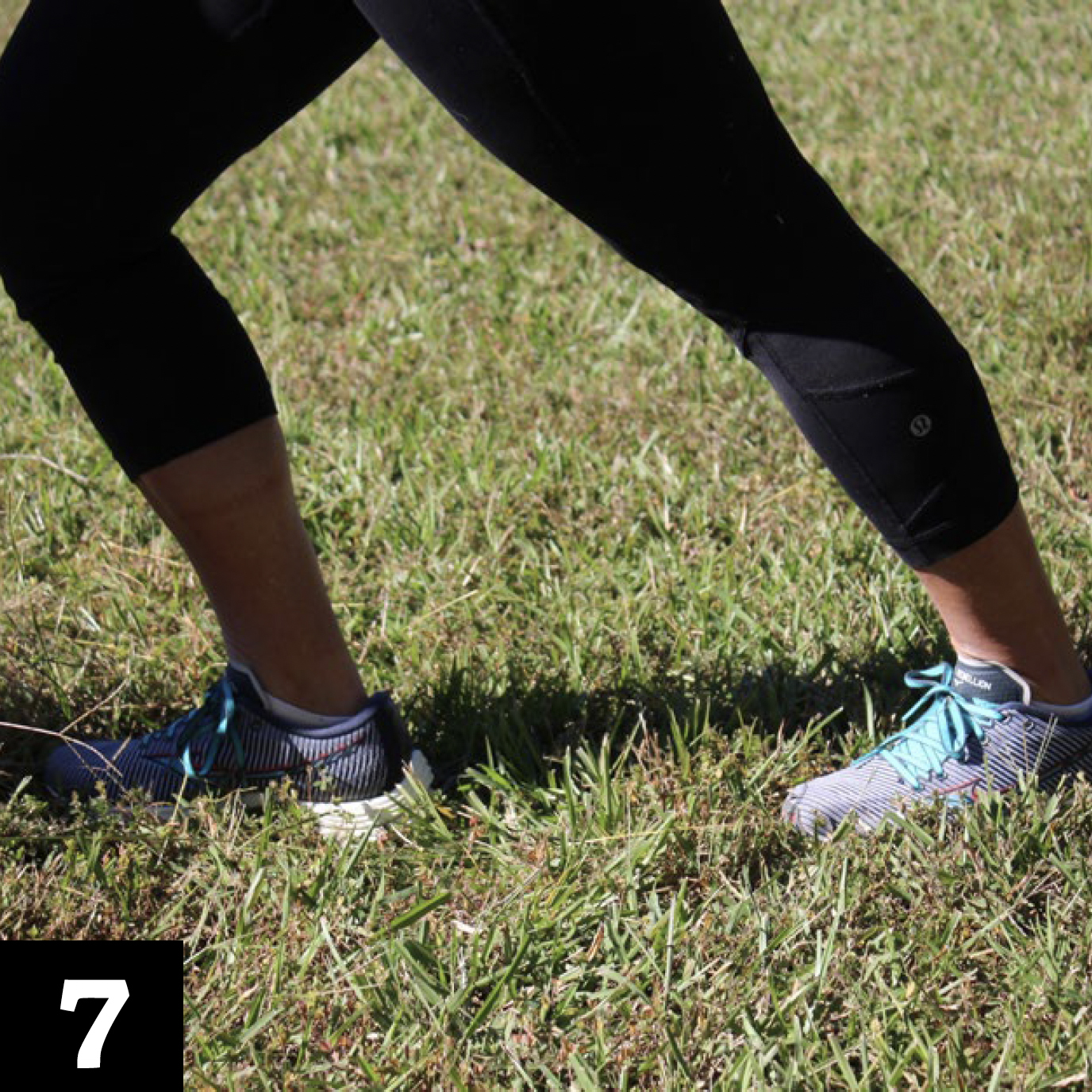
After a day of gardening, it may become apparent that your back and shoulder muscles have been forgotten during the off season. To get and keep your back in shape for gardening activities, you need to train the core muscles of your back and abdomen. Crunches are great for getting those core muscles stronger but are sometimes too difficult to perform.
Wall curls work the same muscle groups as crunches. To perform this exercise, stand with your back flat against the wall with your knees slightly bent and heels about 6 inches from the wall (8). Keeping your buttocks against the wall, curl your head and torso forward (9). Pull your stomach muscles in and slowly roll back up by pressing each vertebra against the wall until you’re standing straight again. Do three sets of 10 curls, three to four times daily.
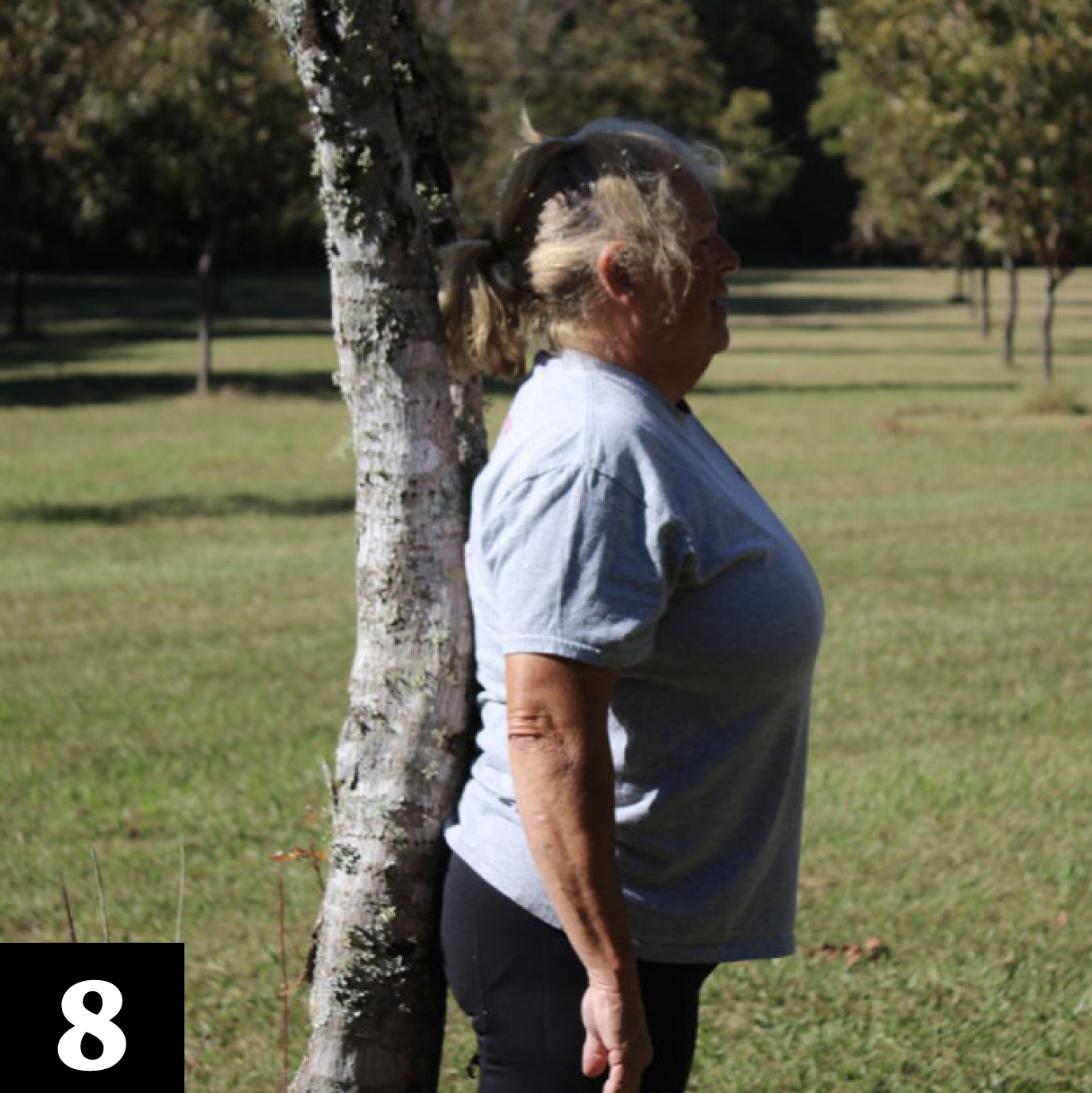
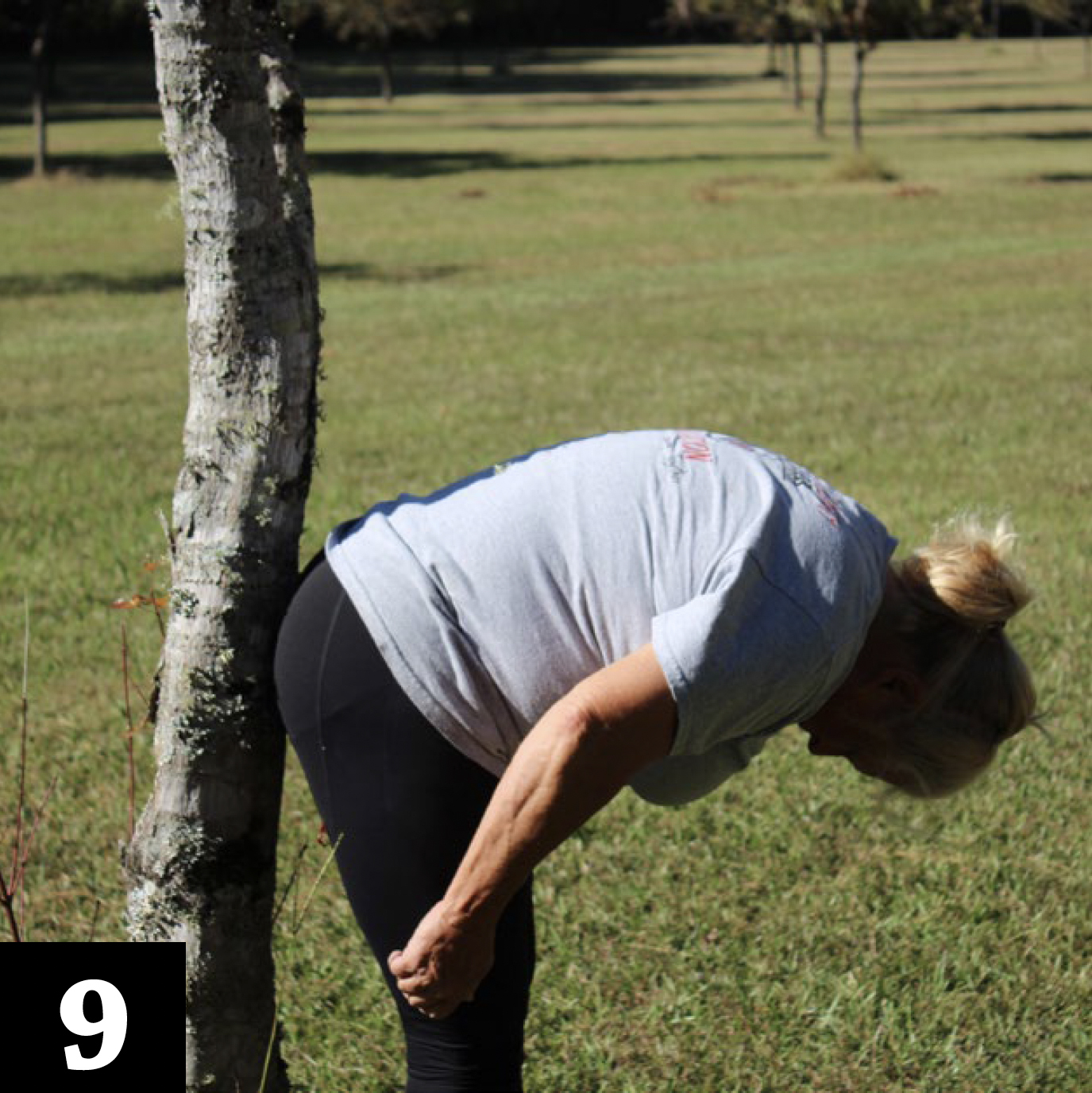
The core muscle group also benefits from flexibility training. Rest a garden hoe, rake handle, or bean pole (that no longer has the implement attached) on your shoulders behind your head with your arms draped over the top (10). Spread your feet shoulder width apart. Twist your waist to the left and hold for 20 seconds; twist to the right and hold for another 20 seconds (11). Keep your feet, legs, and hips stationary. Keeping your abdominal muscles tight while performing this exercise provides strength training, as well. You can also tilt from side to side with your arms draped over the handle. Lean as far to one side as possible, holding the stretch for 20 seconds and then leaning a little farther (12). Then lean to the other side and repeat.
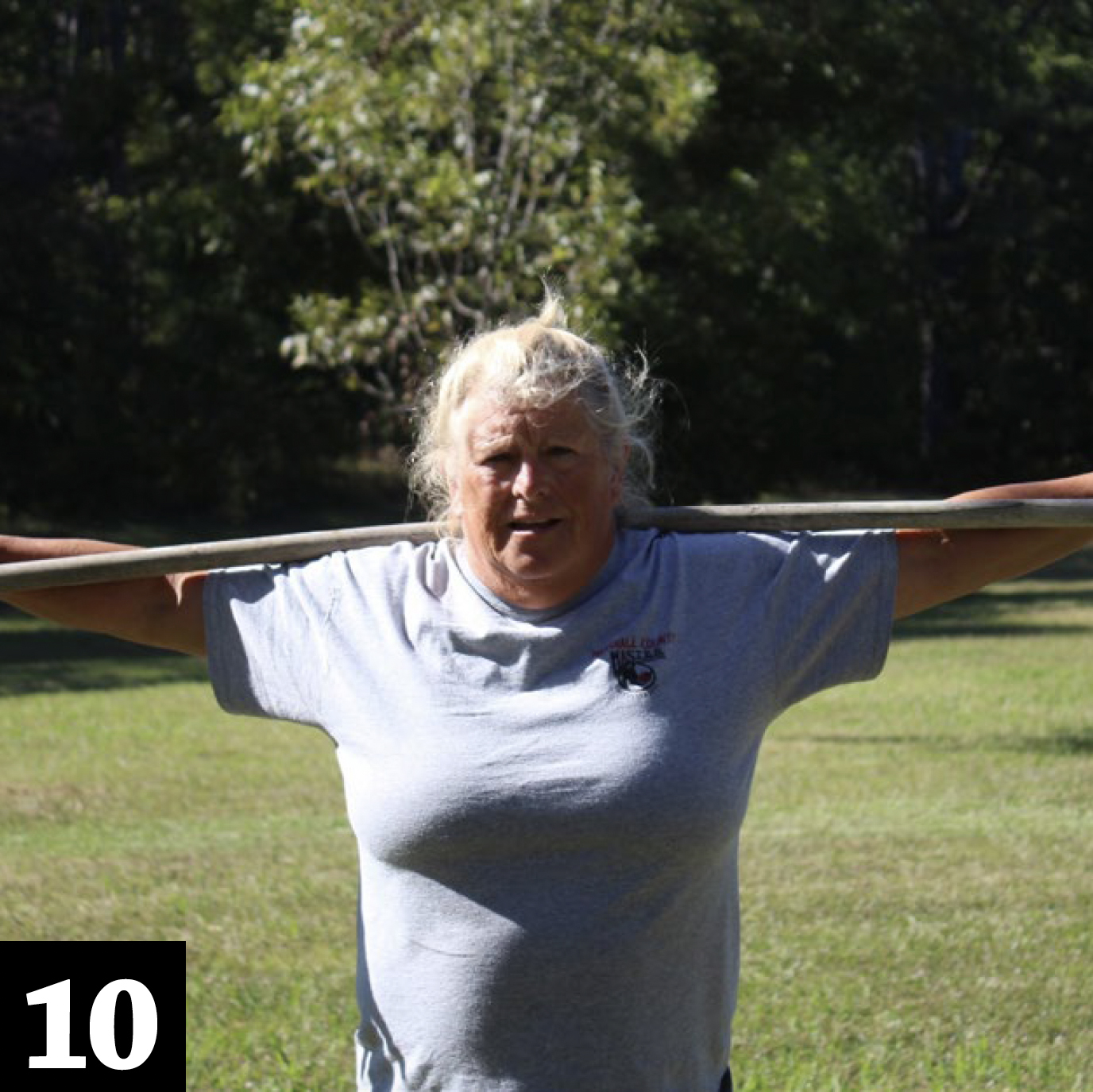
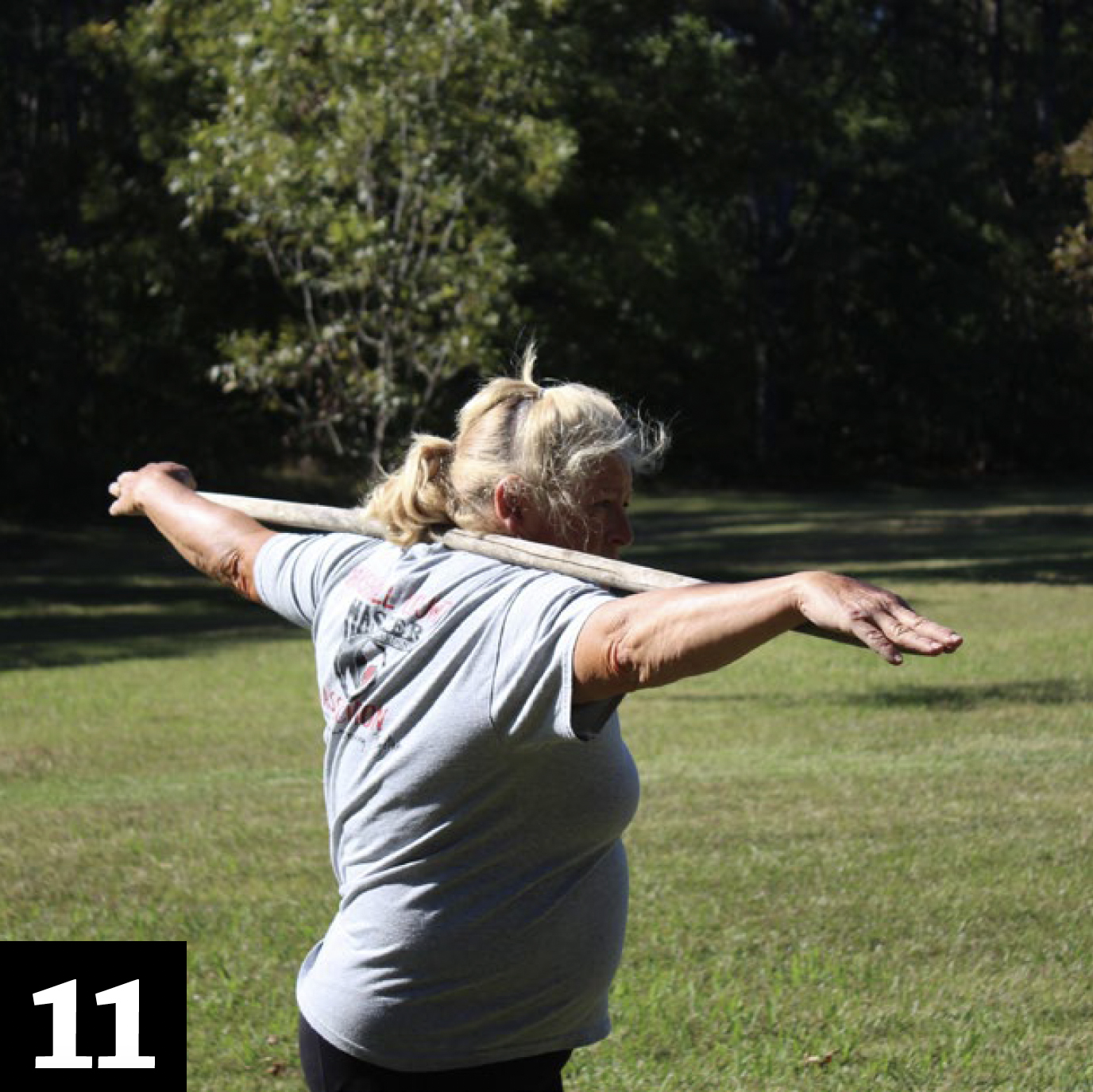
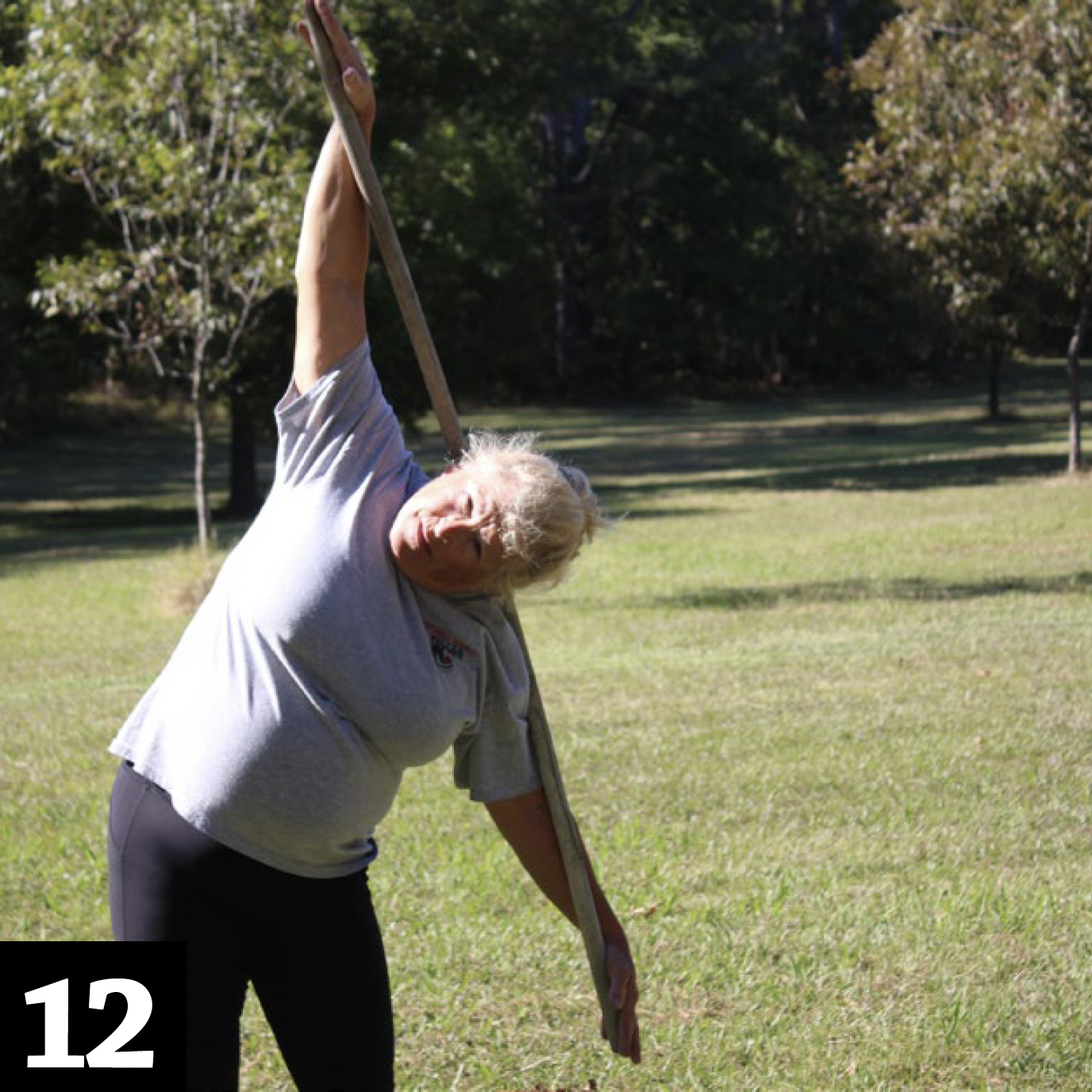
Upper body muscles are used in nearly all gardening activities. Shoulders and arms are used in digging, hoeing, running a rototiller, pushing a planter, and trimming. Hands and fingers plant seeds and seedlings, pull weeds, and prune limbs. You can easily improve your grip strength by squeezing a stress ball; if you don’t have one, you can use a half roll of toilet paper, a dog’s play ball, or a car-washing sponge. Whatever you use, keep it close so you can use it during idle times throughout the day.
Weight training is recommended to strengthen your shoulders and arms. You can fill gallon jugs with water or sand to use as dumbbells for numerous exercises. A gallon of water weighs a little over 7 pounds, and a gallon of sand weighs about 15 pounds. Never hold your breath while performing weight training exercises. Remember to breathe!
You can perform bicep curls from a sitting or standing position. Grip the dumbbells with your thumbs facing upward (13). Keep your back straight while bending your elbows, lifting the dumbbells toward your shoulders (14). Slowly lower the dumbbells back to the sides of your body. Perform three sets of 10 curls daily.
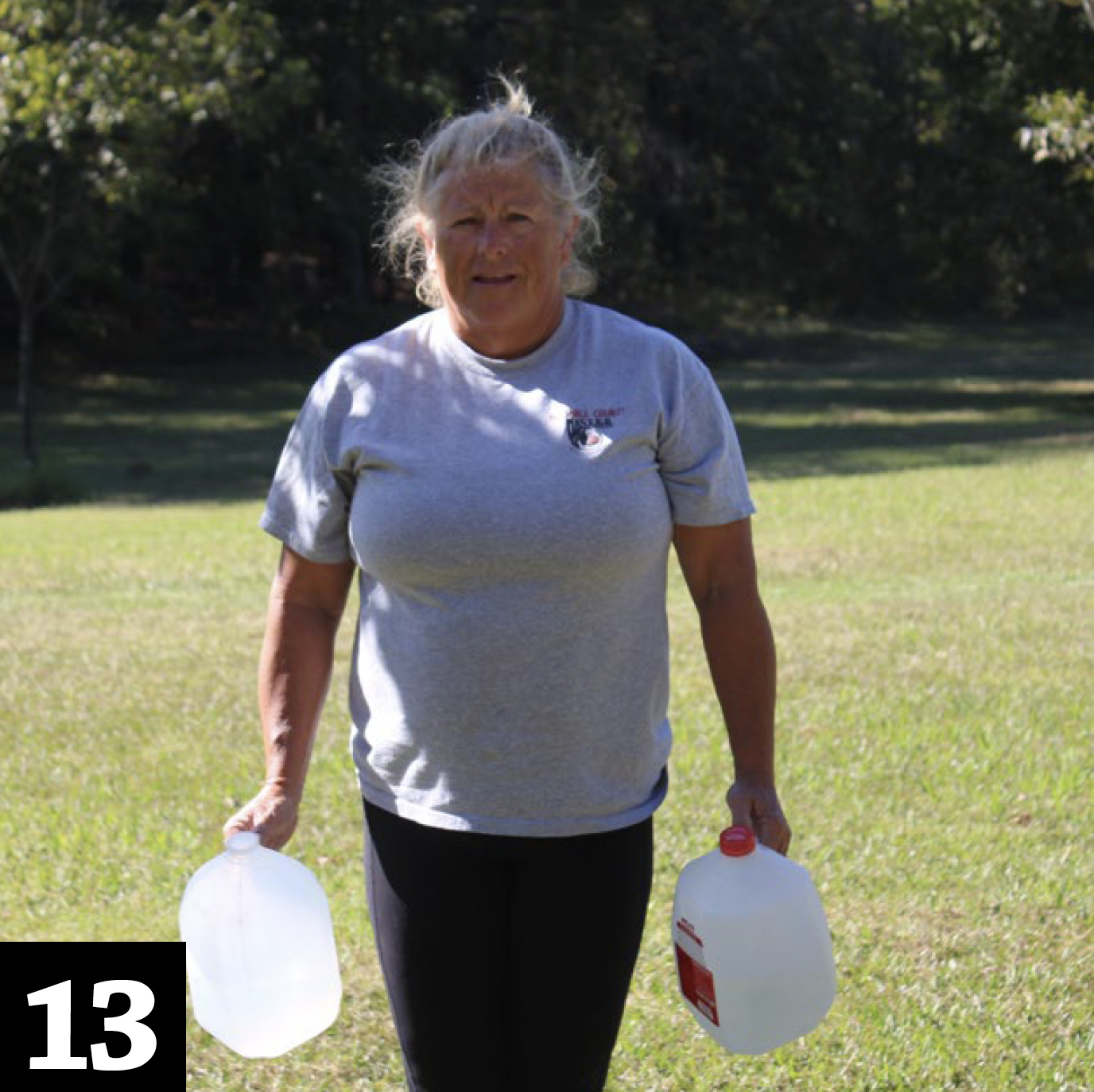
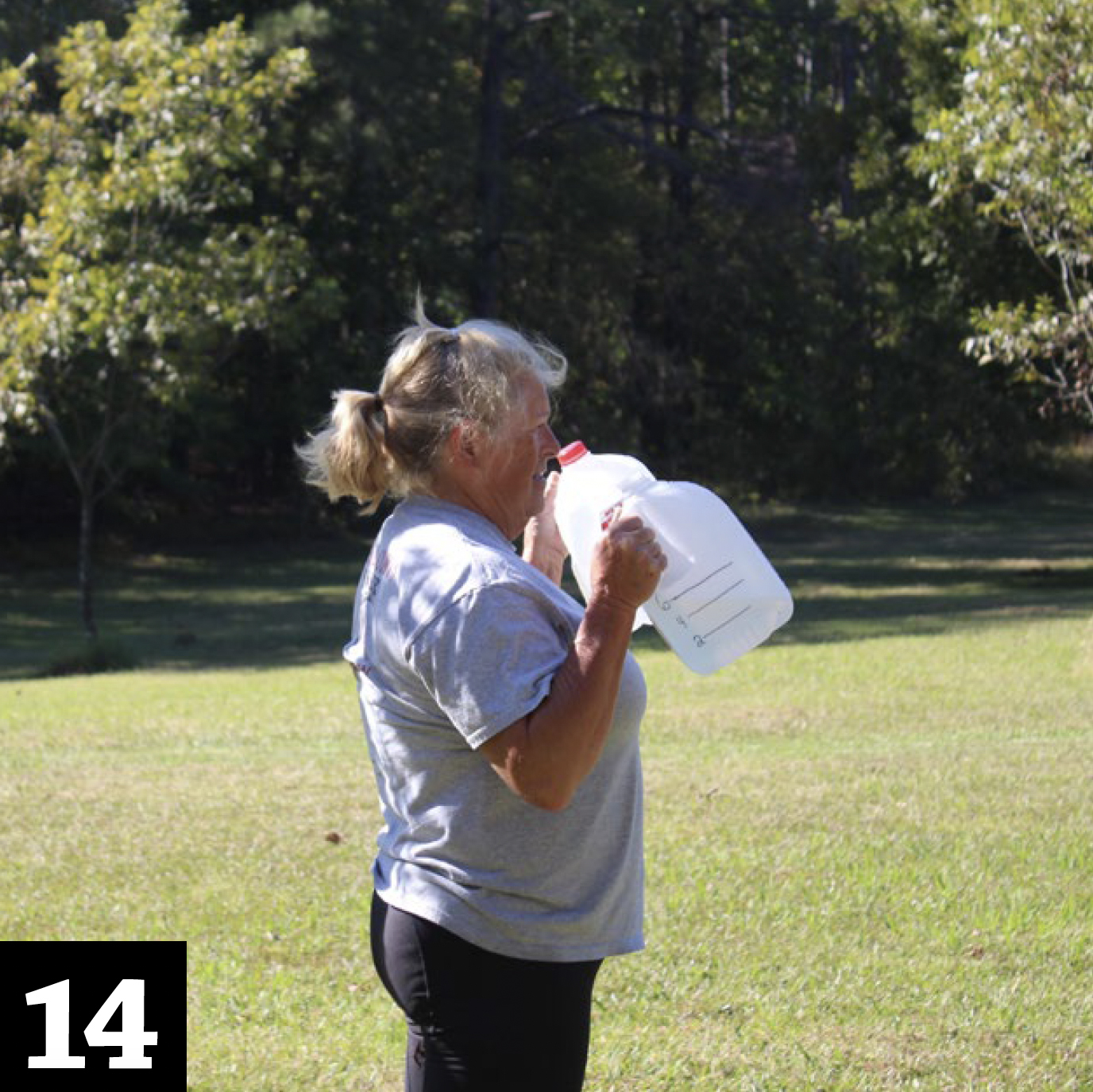
Use only one dumbbell for tricep curls. Lift the weight overhead and slowly lower it behind your head (15); then press the dumbbell toward the sky (16). Repeat this exercise 10 times with each arm. Do three sets daily.
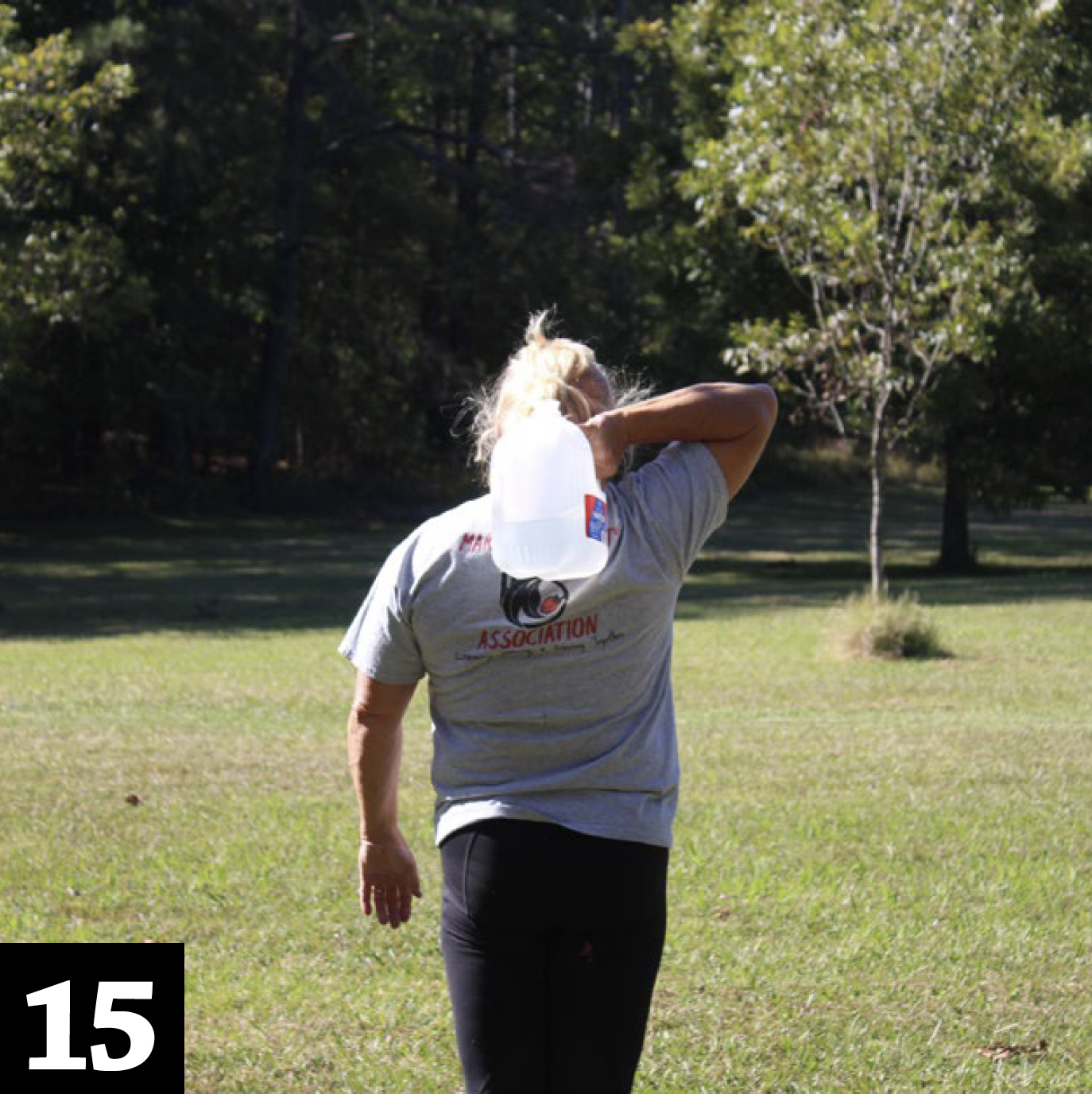
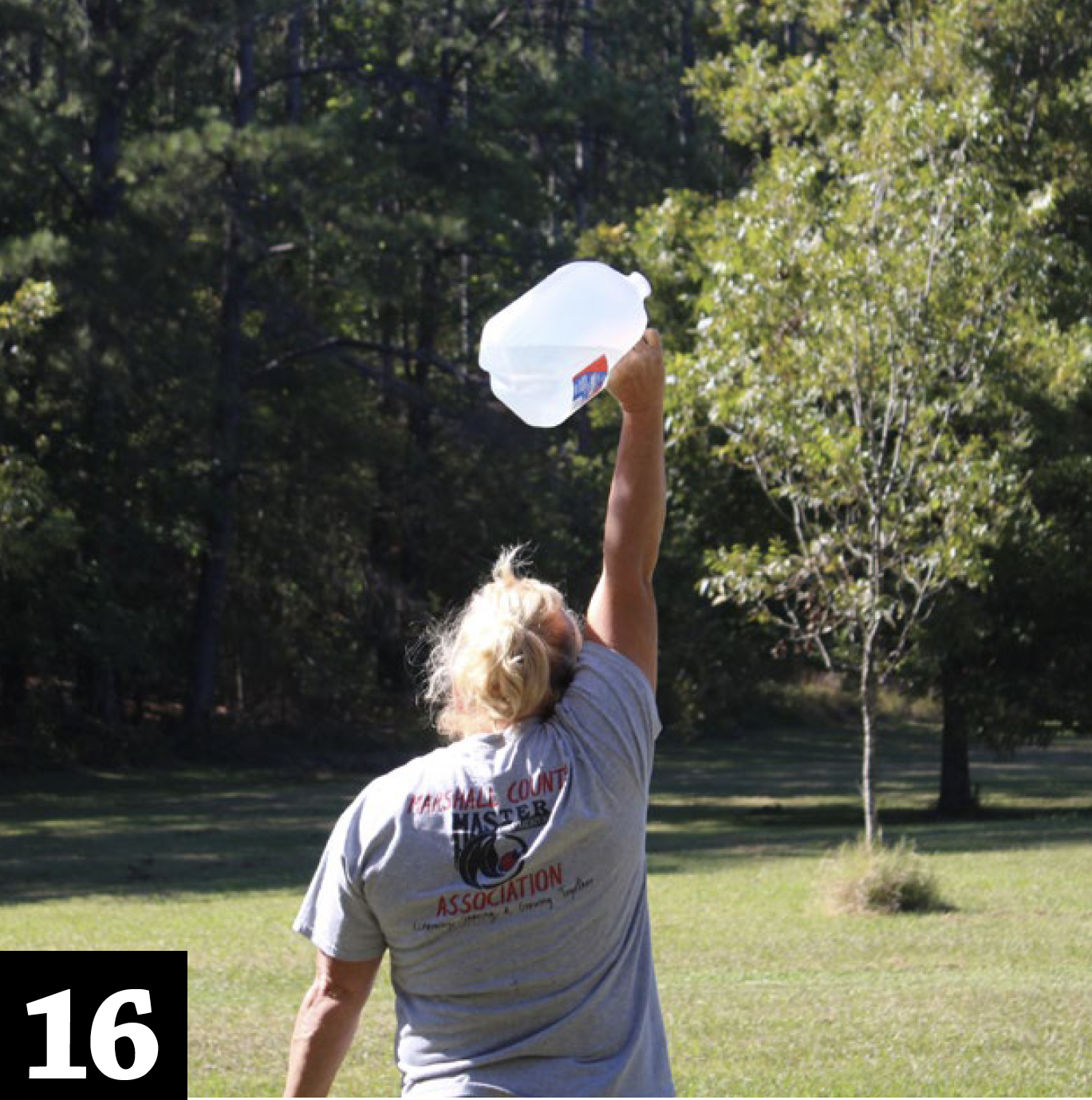
You can do overhead presses from a seated or standing position. Put one weight at each end of the hoe handle/barbell (17). Carefully raise the barbell to chest level, and then slowly press it toward the sky (18). At the same pace, slowly lower the barbell back down. Perform three sets of 10 presses daily.
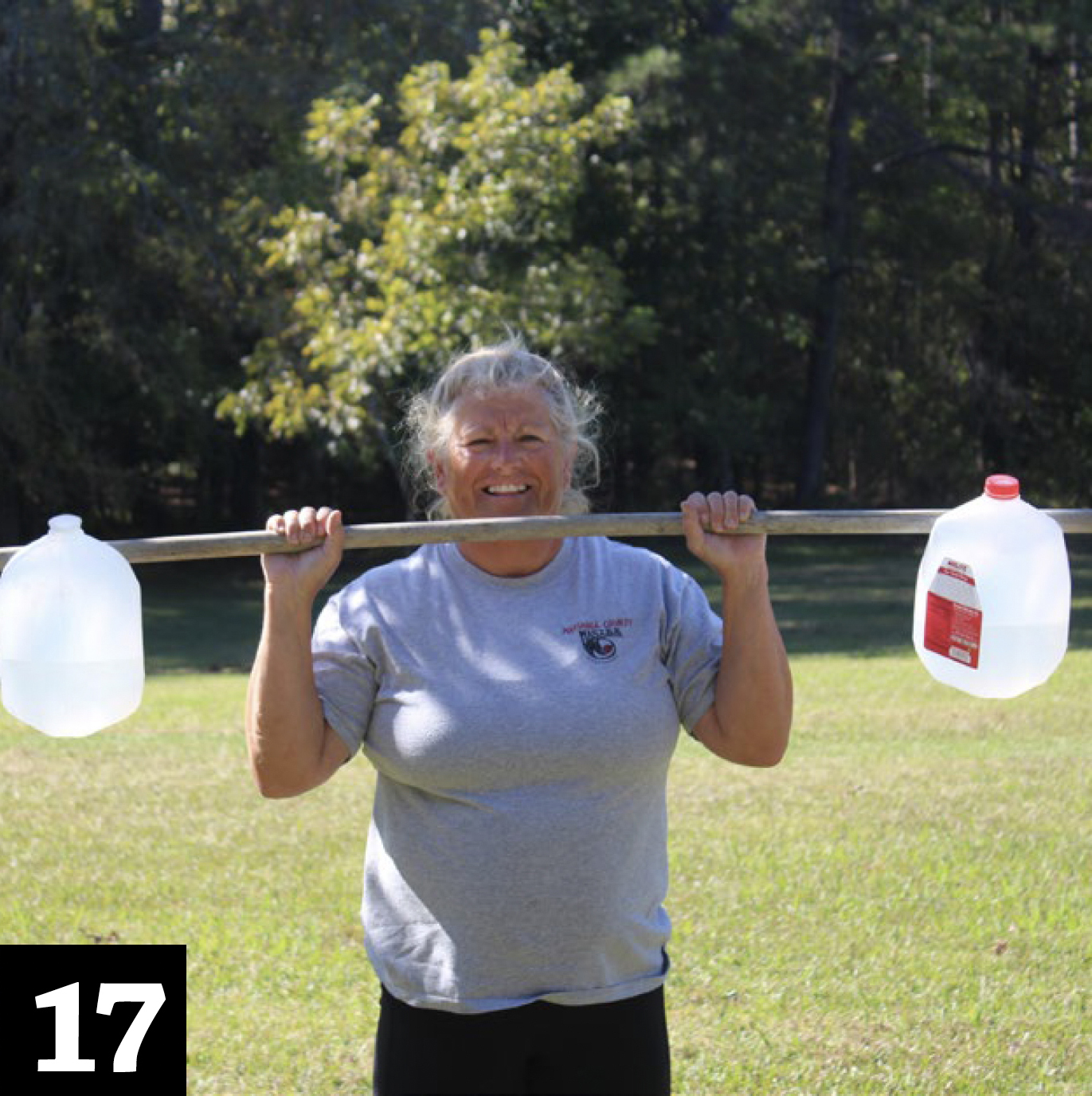
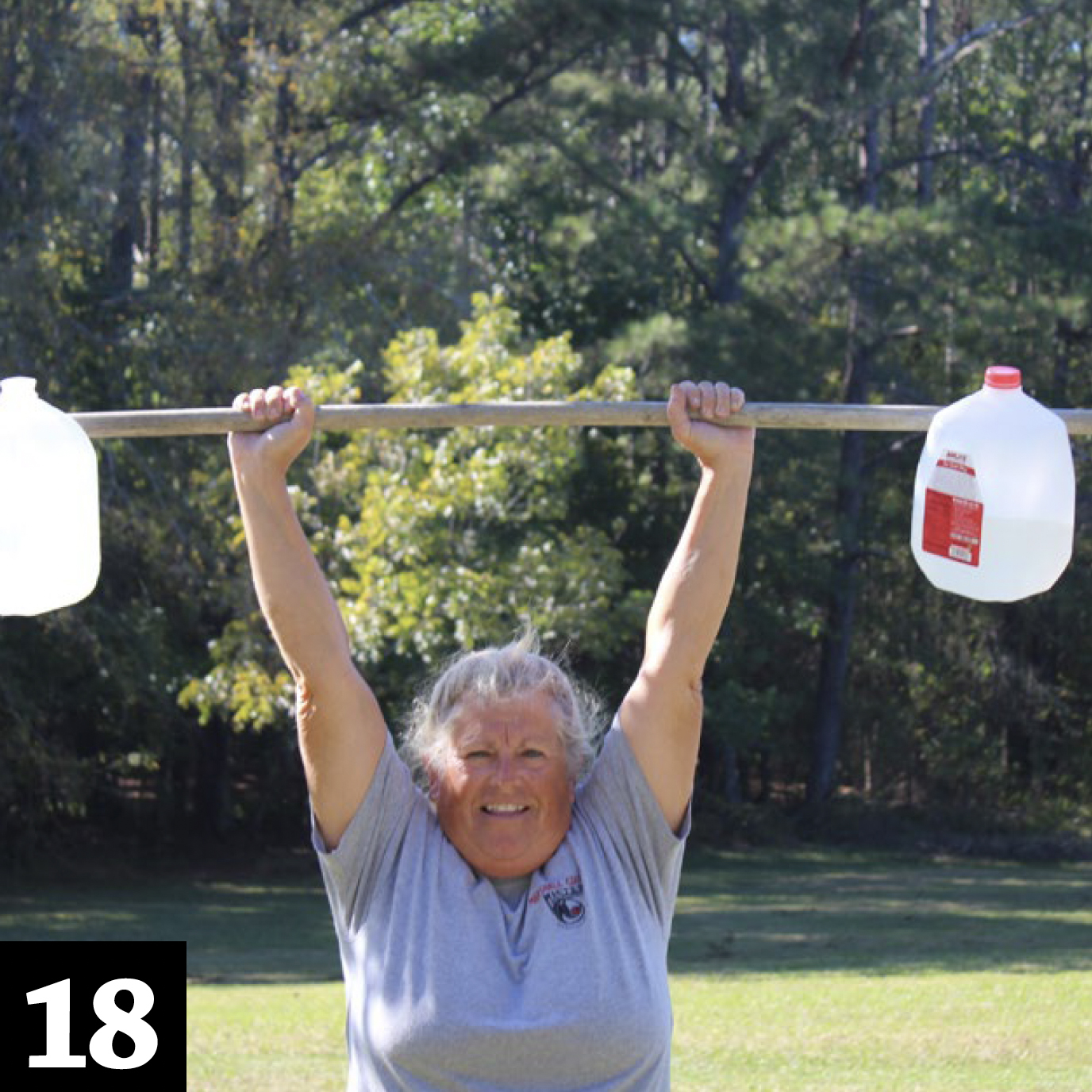
Many gardeners want to get in gardening shape before the spring planting season, but these exercises can be done any time of the year. Adding a daily walking routine can also improve cardiovascular and muscular endurance. Make this exercise plan part of your routine so gardening will be easier, more enjoyable, and less painful.
References
Calories burned gardening calculator and formula. (2020, April 14). Captain Calculator. Retrieved January 15, 2025.
Harvard Health Publishing. (2021, March 8). Calories burned in 30 minutes for people of three different weights.
Publication 4078 (POD-01-25)
By Jeff Wilson, PhD, Assistant Professor, North Mississippi Research and Extension Center; Susan McGukin, Extension Program Associate, Lee County; and Sherri Delashmit, Master Gardener, Marshall County.
The Mississippi State University Extension Service is working to ensure all web content is accessible to all users. If you need assistance accessing any of our content, please email the webteam or call 662-325-2262.








